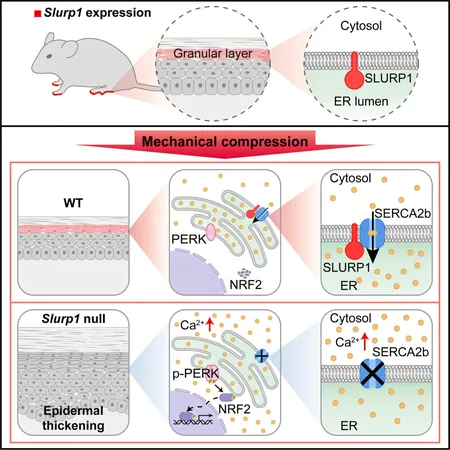
Unlocking Longevity: How Embracing Fitness in Adulthood Cuts Death Risk by 22%
2025-07-11
Author: Rajesh
It's never too late to hit the gym! A groundbreaking new study reveals that adults who shift from a sedentary lifestyle to an active one can lower their risk of dying from various health issues by a remarkable 22%. Get ready to learn why now is the perfect time to make that change!
Exercise: The Ultimate Lifesaver!
Experts and health organizations have long celebrated the dual benefits of physical activity for our bodies and minds. Yet, just how much exercise is needed, and what patterns are most effective? This recent study published in the British Journal of Sports Medicine aimed to unravel these mysteries by investigating the impact of adult physical activity on mortality risks associated with heart disease, cancer, and more.
Data-Driven Insights from Millions!
The researchers dove into an impressive analysis of 85 studies, encompassing a staggering range of participants—from 357 in smaller studies to over 6.5 million in larger ones. The findings are compelling: engaging in physical activity during adulthood can slash mortality risk by an astonishing 20% to 40%! For those who maintain a regular fitness regimen, the stakes are even higher; they can reduce their risk by as much as 30% to 40%.
Active Transition = Longer Life!
The study highlights that even adults who turnaround from inactivity to embracing an active lifestyle can significantly improve their mortality outlook—by approximately 22%! This transformation is a compelling reason to prioritize fitness, regardless of age.
Not All Exercises Are Created Equal!
Interestingly, the health benefits of exercise vary. While physical activity is linked to around a 30% to 40% lower risk of death from heart disease, the connection to cancer mortality appears less robust. Moreover, the type of exercise matters—adults who engage in leisure activities tend to fare better than those who simply stay active through chores or work.
A Complex Yet Compelling Relationship!
Despite the encouraging statistics, some experts urge caution in interpreting these findings. Marcel Ballin, a physical activity and health researcher at Uppsala University, notes that the relationship between fitness and mortality risk is intricate. Genetics and environmental factors also play significant roles in overall health and longevity.
The Takeaway: Get Moving!
So, what can we conclude? If you're part of an active community or are gradually increasing your fitness levels, you're likely making a positive impact on your mortality risk. However, the connection between reduced mortality and activity should be viewed critically. Embrace fitness for a longer, healthier life—but remember, it's just one part of the puzzle!



 Brasil (PT)
Brasil (PT)
 Canada (EN)
Canada (EN)
 Chile (ES)
Chile (ES)
 Česko (CS)
Česko (CS)
 대한민국 (KO)
대한민국 (KO)
 España (ES)
España (ES)
 France (FR)
France (FR)
 Hong Kong (EN)
Hong Kong (EN)
 Italia (IT)
Italia (IT)
 日本 (JA)
日本 (JA)
 Magyarország (HU)
Magyarország (HU)
 Norge (NO)
Norge (NO)
 Polska (PL)
Polska (PL)
 Schweiz (DE)
Schweiz (DE)
 Singapore (EN)
Singapore (EN)
 Sverige (SV)
Sverige (SV)
 Suomi (FI)
Suomi (FI)
 Türkiye (TR)
Türkiye (TR)
 الإمارات العربية المتحدة (AR)
الإمارات العربية المتحدة (AR)